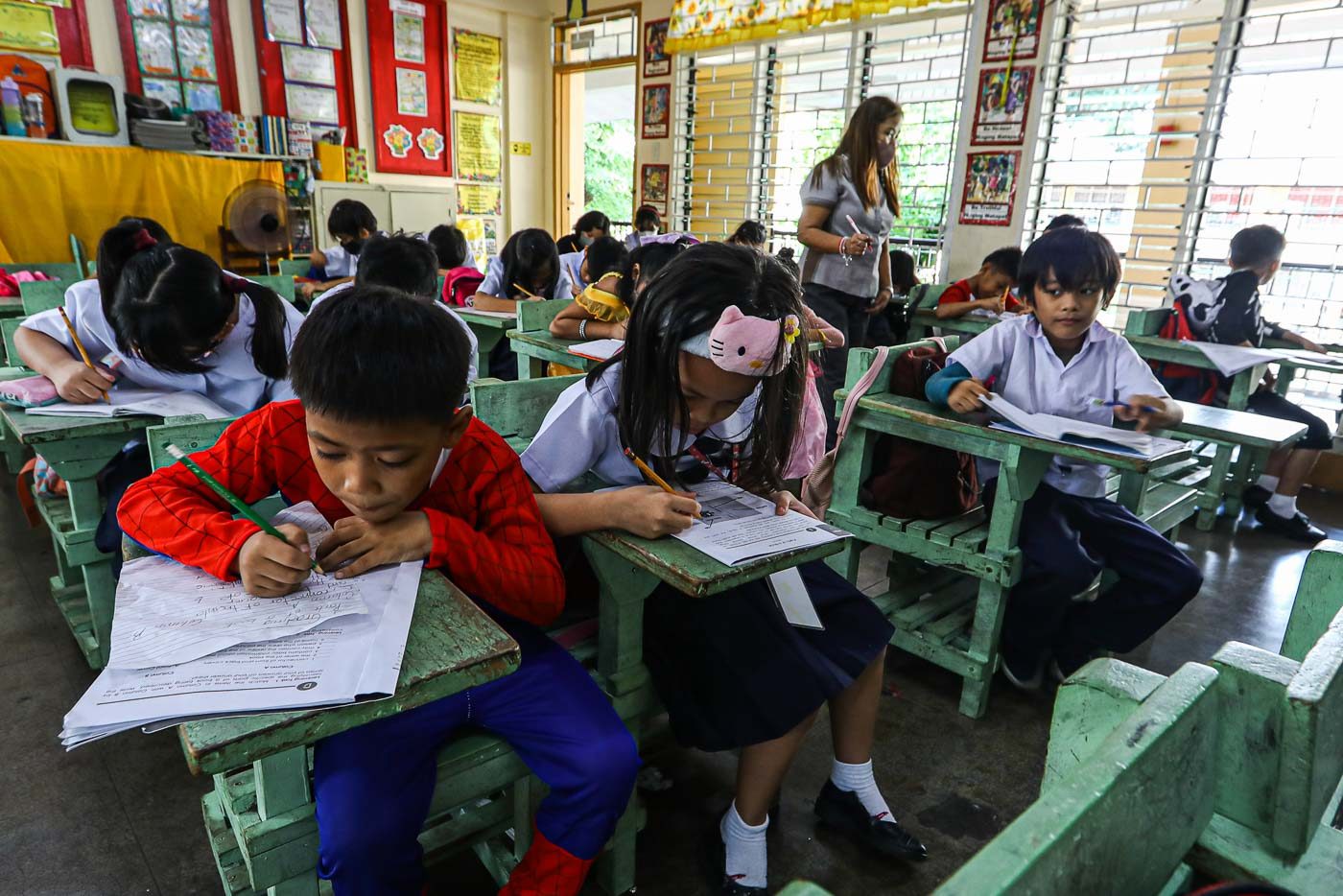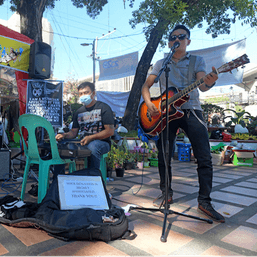SUMMARY
This is AI generated summarization, which may have errors. For context, always refer to the full article.

This is a press release from the Department of Science and Technology – Food and Nutrition Research Institute.
As students nationwide gear up for the full implementation of face-to-face classes in public schools and some private schools in November, the Department of Science and Technology – Food and Nutrition Research Institute (DOST-FNRI) has called on schools, families, and concerned agencies to fortify students’ health both inside and outside the classroom through proper nutrition.
“In the recent Expanded National Nutrition Survey (ENNS) of DOST-FNRI, three in 10 Filipino children are stunted or pandak, and this makes them more vulnerable to COVID-19 and other diseases. With proper nutrition, meaning providing the children with the correct amount and types of foods, they will be shielded from frequent attacks of illnesses during the F2F classes,” shared DOST-FNRI Director Dr. Imelda Angeles-Agdeppa.
The National Nutrition Survey (NNS) reports that undernutrition remains prevalent among our population in rural areas and those in low-income households. Through the years, the nutritional status of preschool-age children has improved. However, this is too slow to meet the United Nations Sustainable Development Goals (SDGs).
“Although we now have many solutions in place — including vaccination — to curb the pandemic, malnutrition weakens our immune system and prevents our bodies from being at their optimum state to battle threats. Proper nutrition, especially among children, is of paramount importance now with schools fully opening,” Dr. Agdeppa urged.
The DOST-FNRI is advocating for multi-stakeholder initiatives to address malnutrition among Filipino youth with the help of schools, families, local government units, and relevant national agencies.
Since 2021, DOST-FNRI has been working with the Department of Education (DepEd) on integrating the Enhanced Nutribun and other developed nutritious products in the guidelines for the supplementary feeding program in schools.
Noting that young children suffer from energy gap, DOST-FNRI has also been developing complementary food for children 6 months to 24 months using rice-mongo blends through its Complementary Food Processing Facilities (CFPFs).
The agency’s priorities for product development are based on the gaps identified in the NNS. The NNS results are also used in planning, targeting, implementing, monitoring, and evaluating nutrition-related intervention programs, goals, and commitments to further improve the health, nutrition, and well-being of Filipinos.
“However, the government cannot do this job alone. We need to call on parents, family members, teachers, teaching staff, and other influencers in a child’s life to impart the value of nutrition. Aside from maintaining a healthy and proper diet, children also need to stay physically active, avoid excessive use of gadgets, and stay away from vices such as smoking and alcohol consumption,” Dr. Agdeppa explained, adding: “As we transition to regular operations in schools nationwide, we enjoin all parents and health and nutrition stakeholders to be vigilant in keeping children’s good health and nutrition a focus of care. Our children and youth will only be able to maximize their education when they are healthy, and we put their future at stake by not fully realizing the importance of good nutrition.”
As the lead government agency in food and nutrition research and development, the DOST-FNRI conducts the NNS to determine the nutritional status of the Filipino citizenry, as mandated by Executive Order 128, Section 22.
The extensive survey is composed of Anthropometry, Biochemical, Clinical, Dietary, Socio- economic, Food Security, Government Program Participation, Maternal Health and Infant and Young Child Feeding.
Health indicators, such as the measurement of hypertension, diabetes, and dyslipidemia are also included, as well as non-communicable disease risk factors like smoking, alcohol consumption, unhealthy diet, and physical inactivity.
In 2018, the NNS became the ENNS or Expanded National Nutrition Survey. This addresses the need for the LGUs to have local survey results which can be used for localized program planning. To generate results at the provincial and highly-urbanized city (HUC) levels, the survey design of the NNS was restructured into a three-year rolling survey. Data collection was expanded from 2018 to 2021 (excluding 2020) instead of the usual six-month time frame.
The national and provincial/HUC-level results from the 2021 Expanded National Nutrition Survey will be presented in a series of dissemination fora from November to December 2022. — Rappler.com
Add a comment
How does this make you feel?






![[OPINYON] Tungkol sa naging viral na social media conjecture](https://www.rappler.com/tachyon/2024/07/thought-leaders-conjecture-07262024.jpg?resize=257%2C257&crop_strategy=attention)

![[EDITORIAL] Apat na taon na lang Ginoong Marcos, ‘di na puwede ang papetiks-petiks](https://www.rappler.com/tachyon/2024/07/animated-bongbong-marcos-2024-sona-day-carousel.jpg?resize=257%2C257&crop=280px%2C0px%2C720px%2C720px)

![[Two Pronged] Our teenage daughter caught my wife and me having sex](https://www.rappler.com/tachyon/2024/07/in-flagrante-july-6-2024.jpg?resize=257%2C257&crop=442px%2C0px%2C1080px%2C1080px)



![[Two Pronged] I’m the eldest child. My parents make me discipline my siblings, so now I have a dysfunctional relationship with them.](https://www.rappler.com/tachyon/2024/06/tp-parenting-style.jpg?resize=257%2C257&crop=250px%2C0px%2C720px%2C720px)
There are no comments yet. Add your comment to start the conversation.